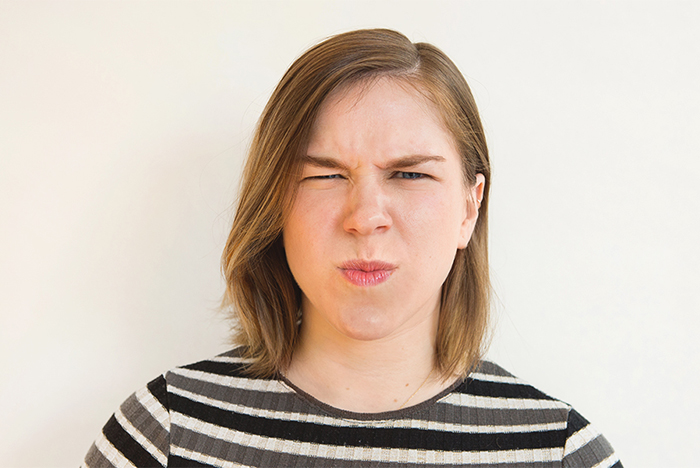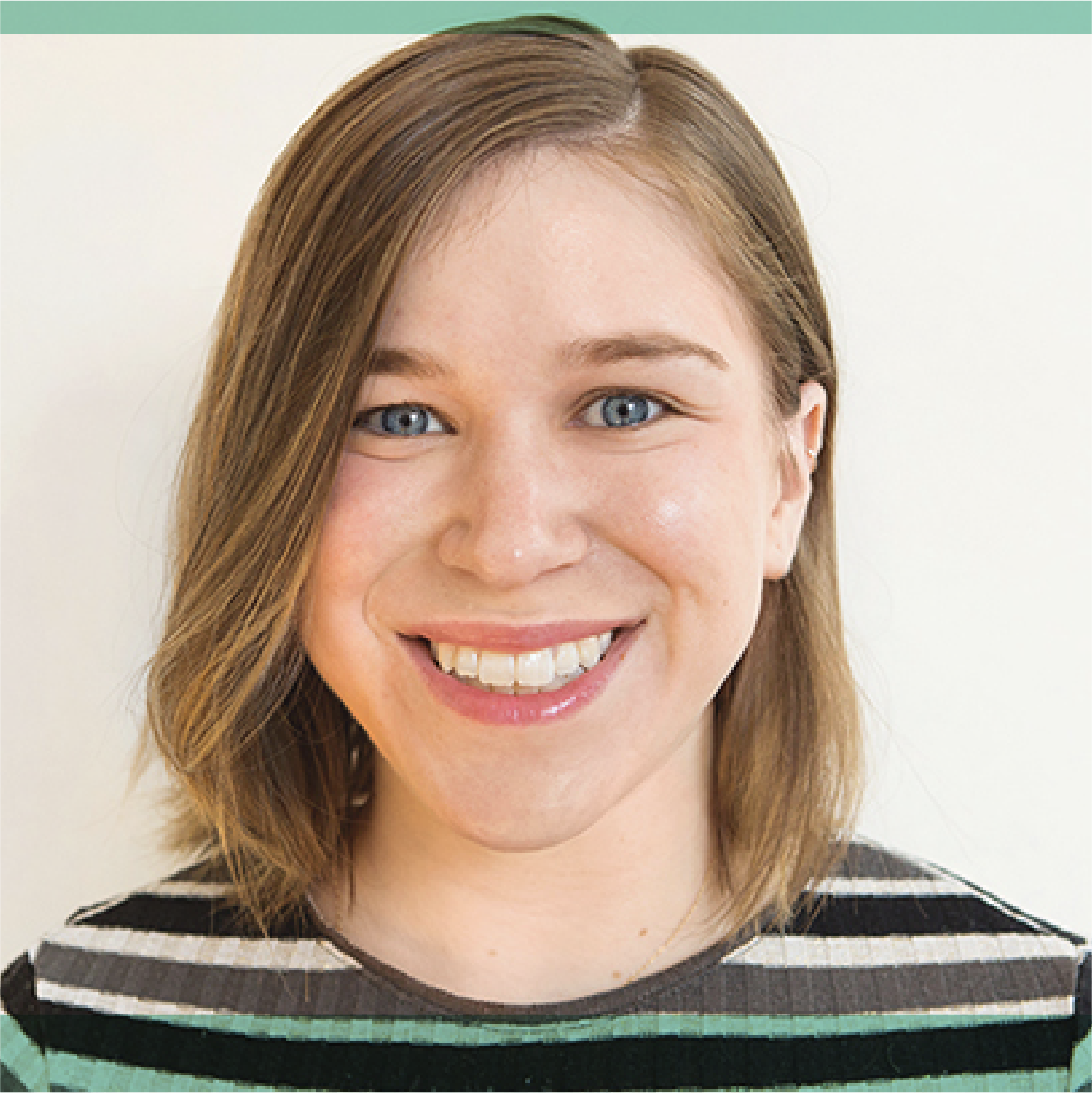Should you get botox in your 20s and 30s to prevent wrinkles from forming? Here’s what happened when one 25-year-old did just that.
I turned 25 earlier this year and in the days leading up to the milestone, I was feeling increasingly anxious. Luckily my mother is a dermatologist and happened to be in town, so I asked her if she’d be willing to give me a touch of Botox in my frown lines.
Botox, or botulinum a toxin, is a brand of neurotoxin that has been used for cosmetic applications since the late 1980s, and works by disrupting the signals that your nerves send to your muscles, causing temporary paralysis. Getting botox before noticeable signs of aging show up on the face can help prevent dynamic wrinkles from developing since if you can’t make the movement that leads to the wrinkles, the wrinkles won’t form.
The injection I received was nearly painless and I didn’t experience much swelling. In a few days the effects fully took hold and my forehead looked smooth but I seriously could not frown. Even if I focused all of my energy on knitting my eyebrows together, the best I got was a very pained-looking squint. I’m a very expressive person so although I loved how my forehead looked, I was so frustrated that I couldn’t use my face the way I wanted. Two weeks later I texted my mom in a panic, “When will I be able to frown again?!”
RELATED: The Most Popular Skin Treatments in Korea Right Now
It ended up taking three months to detect movement between my eyebrows again (depending on the amount injected, the effects of Botox can last from three months to a year). Now, I’m finally back to full frowning capacity (see photo above) and it feels great. I will say, though, that I frown a lot less now than I did prior to the Botox. Maybe being unable to frown for a few months made it so that my face prioritized other movements. Also, I have noticed that the dip in my forehead that prompted the Botox-ing has returned, so I’m considering asking for a touch of filler when I next can be injected.
I’m a huge advocate for preventive skin care (I’m a borderline proselyte when it comes to sunscreen and retinol use!), however I regretted the decision to let my fear of aging overcome my joy at living.
This is not to say that you should not get Botox. If you don’t mind that your face’s range of movement will be limited, preventative botox is a great way to prolong your youthful appearance.
RELATED: Everything You’ve Ever Wanted to Know About Botox, According to a Plastic Surgeon
In addition to preventing wrinkles and smoothing fine lines, the treatment has many other uses. Botox was originally developed to treat two types of eye problems, including crossed eyes and involuntary eyelid spasms. My first experience with Botox was actually in high school, when my mother injected my underarms to control the excessive sweating that plagued me then (sorry for the TMI). Properly placed Botox can also stop you from grinding your teeth in your sleep and releasing the built-up tension in your jaw. I encourage you to look at some other unexpected therapeutic uses for neurotoxins, as some of them may surprise you!
Bottom Line
If you’re ready to pull the trigger on Botox – be it preventative or not -, make sure you’re going to a doctor you trust. It’s very easy to end up with a completely messed up expression if you go to someone who does not know what they’re doing, does not have the proper licensing or training, and has not taken the time to understand the architecture of your face. Botox is a luxury (unless, of course, you’re getting it for medically indicated purposes), and you should not sacrifice on the application simply to save a buck. Look at before and after images, and don’t be afraid to ask a lot of questions. At the end of the day, it is a serious substance with potentially serious side effects, so make sure to give it the respect it deserves.
